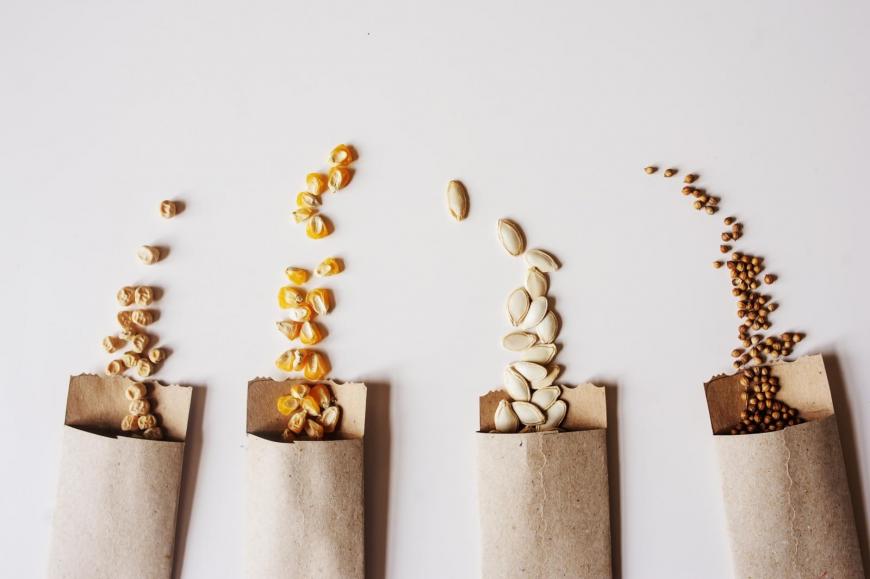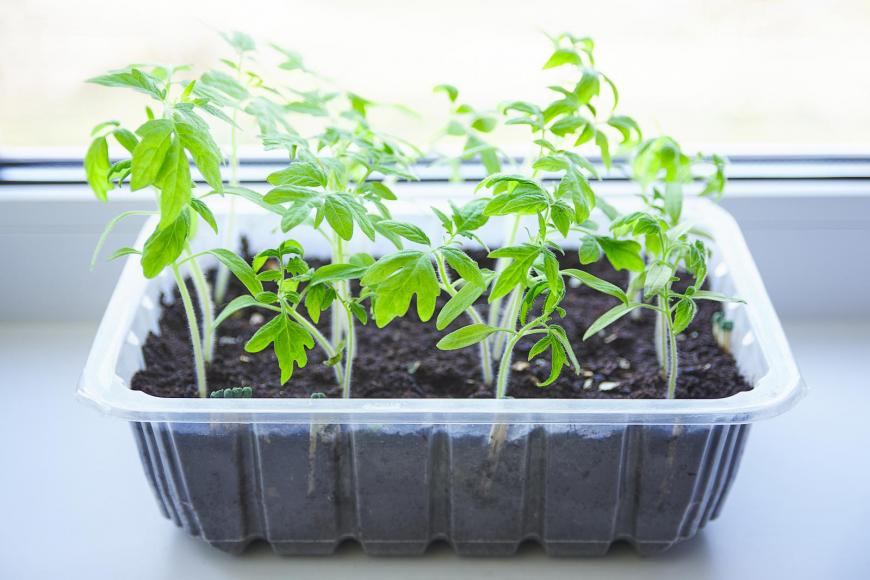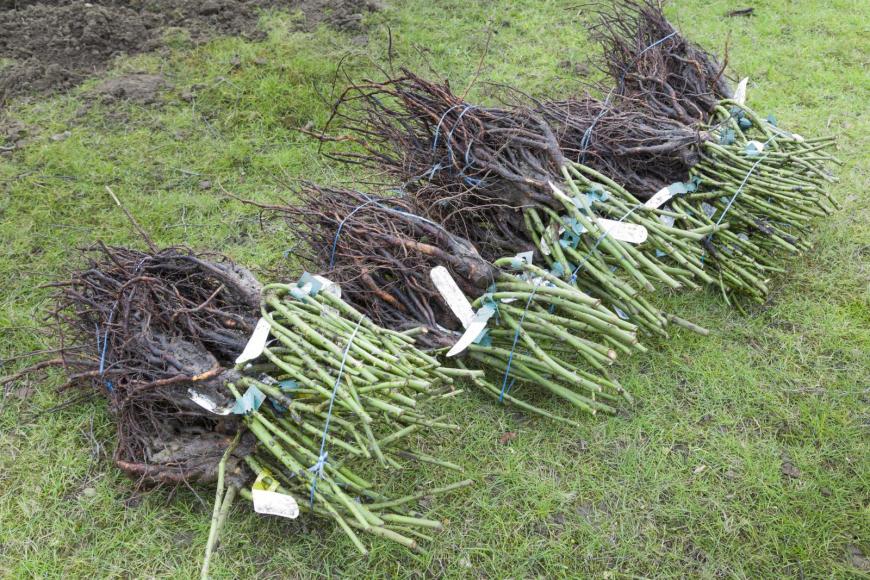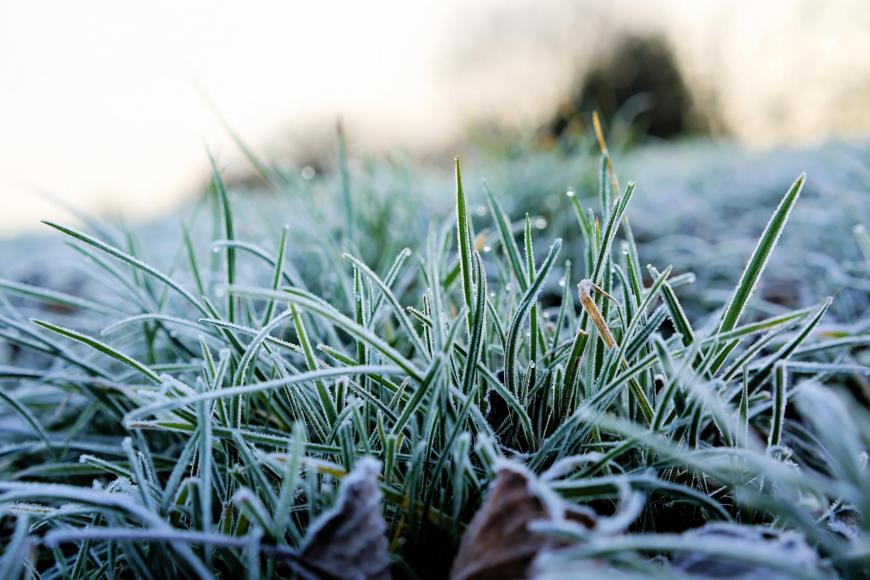
We’re only a few weeks into 2021 and what an eventful year it’s turning out to be already. Thank goodness there is the garden to focus on. With a whole new gardening year ahead of us there’s plenty to busy ourselves with, planning and preparing for spring and even a number of seeds that you can get started with this month.
Although it’s still only January, things are beginning to stir in the garden. Spring-flowering bulbs are beginning to poke through, there are fresh buds on the rose bush and the elder has it’s first green leaves. Winter flowers including snowdrops, winter aconite and hellebores bring colour to the garden and a promise of the heady floral days to come.
If you haven’t ordered your seeds already, now is the time. It can be a bit daunting knowing what to order, especially if you’re fairly new to gardening. There are so many different varieties to choose from. If you’re not sure what to grow, spend a bit of time thinking about your motivation for gardening. Do you want to grow more edible crops to feed your family? Perhaps you want to create a more wildlife-friendly garden. Our article from last March’s lockdown covers some top-tips for beginner gardeners. It’s also a good idea to find out what type of soil you have. Do you have a heavy, wet soil with a high proportion of clay or a lighter sandy soil? Knowing more about your soil will help you choose plants that will thrive in your garden. For bespoke local advice, ask green-fingered neighbours what varieties they’d recommend. They might also be happy to arrange some seedling swaps later down the line.

With seed ordering out of the way, you can prepare for sowing by cleaning last year’s pots and trays with hot soapy water to help prevent diseases being passed onto this year’s seedlings. Wash down the greenhouse, clean cold frames and cloches and give paths a good scrub with a stiff broom to prevent them from becoming slippery. Take advantage of the quieter months to repair sheds, fences and trellises and get every ship shape before the spring. If you haven't already, January is also a good time to barrow out manure and compost and spread it over your garden beds. Do be careful not to compact the soil by walking on it, keep to the pathways and if you need to cross growing areas, use a plank to distribute the weight more evenly.
With the first hints of spring arriving, it’s time to start thinking about all the tasty veg you’d like to grow this year. Unless the weather is very mild, it will likely be too cold and wet to sow seeds outside (broad bean seeds sown under a cloche might be an exception). There’s plenty of seeds you can start sowing indoors however to get a head start on the growing season. Check what temperature range seeds need to germinate. Seeds like chillies and aubergine need some warmth, so use a heated propagator or wait another couple of months.
Have a seed sort-out. Throw away any empty packets and check dates on those remaining. Seeds will often last well beyond their ‘sow by’ dates but the germination rate may be reduced. You can sow older seeds more thickly to make up for this. Write a list of what seeds you need to buy for this year and get them ordered in good time in case the varieties you want sell out.
Order seed potatoes, onions, shallots and garlic bulbs.
Plan this year’s crop rotation. If you’re growing in beds, changing where you grow each type of vegetable every year, helps to prevent a build-up of pests and diseases. It can also help improve soil structure and fertility.
Sow leeks, onions, broad beans, hardy peas, spinach and carrots under cover.
Sow tomatoes from late January onwards. Keep them in a sunny, warm spot. (Our kitchen window sill becomes the tomato seedling nursery at this time of year.)

Chit early potatoes. Lay potato tubers in a tray with the “rose” end (the end with the most buds on it) pointing upwards. Put them in a light, cool, frost-free place and after two or three weeks they will begin to sprout. Plant out from March onwards.
Force rhubarb for an early crop. Covering rhubarb crowns so that they are kept in the dark will encourage the plants to produce shoots a few weeks earlier than normal. Carefully clear any dead foliage away from the crown (which may have fresh growth coming through already) and cover the plant with an old dustbin or large plant pot.
Protect growing cauliflowers from frost and light. Bend a few of their outer leaves around the head or “curd” in the centre and tie them in place with string.
Continue to remove yellowing leaves from brassicas, salads and leafy greens. This will help prevent fungal diseases.
Check container-grown plants for watering. Keep an eye on container plants, especially those that are sheltered from the rain, and water as necessary.
Sow winter salads. Sow seeds of cut-and-come-again salads such as claytonia, mizuna, mustard, rocket and cress in a greenhouse, conservatory or on a sunny window sill and they’ll be ready for harvesting in just a few weeks.
Start sowing hardy herbs such as chervil coriander and parsley.
Continue planting bare-rooted fruit trees, fruit bushes, raspberry and blackberry canes.
Continue pruning apples and pears.
Prune grapevines. January is the last month to get this job done. If left any later then the sap begins to rise and the vines can ‘bleed’ when cut.
Prune blackcurrants and gooseberries. Take out a third of the older wood down to the base. Gooseberries tend to become congested in the centre, so take out any unproductive branches to keep the bush open.
Cut down canes of autumn fruiting raspberries to ground level.
Bring pots of strawberries inside for an earlier crop.
Brush snow off trees and shrubs so branches don’t break.
Check on newly planted trees and shrubs. Re-firm them into the ground if they have been lifted by the frost and check their ties and supports. Ties should be secure but not so tight that they restrict growth.
Continue planting bare-root shrubs and trees. If the weather is not on your side and the soil is frozen or too wet for planting, you can ‘heel in’ the plants to a corner of the garden and wait until conditions are suitable. Dig a trench big enough to hold the roots, gently place the trees in the trench and cover the roots with soil, firming gently. Alternatively, if your garden is completely frozen when your bare-rooted trees arrive, you can wrap the roots in some hessian and keep them in a sheltered, frost-free spot undercover. Keep the hessian around the roots moist and they can stay like this for a couple of weeks before planting.

Plant deciduous hedging. Hedging plants such as beech, hawthorn and hornbeam can be planted this month provided the ground isn’t frozen or waterlogged.
Continue pruning deciduous trees, shrubs and vigorous climbers.
Take hardwood cuttings of deciduous shrubs such as forsythia, willow and viburnum.
Sow sweet peas undercover. Sweet peas like a good root run so plant them in tall, narrow pots or make your own using newspapers rolled into tubes or the cardboard centres of loo roll and kitchen roll. Place the tubes side-by-side in a tray and fill with peat-free compost.
Start sowing hardy annuals in trays such as calendula, cerinthe, cornflowers and nigella.
Take root cuttings from perennials such as acanthus, delphiniums, phlox, ornamental poppies and verbascums.
Prune roses. Cut back to just above an outward-facing bud and remove any crossing/diseased branches.
Deadhead winter bedding plants (violas, pansies) to prolong flowering.
Order summer-flowering bulbs.
Continue to check on stored bulbs, corms and tubers. Remove any which have signs of disease.
Aerate lawns to improve drainage. Wait until the surface of the lawn dries out a bit and then push a garden fork 15cm into the ground and wiggle it around a bit to open up the holes. Do this at regular (15cm) intervals across affected areas. Immediately after aerating, spread some horticultural sand (not builders sand) over the area and work into the holes with a stiff broom. This prevents the holes closing up too quickly and improves the drainage.

Avoid walking on icy grass. Walking or working on a frozen lawn can damage the grass so try to avoid it as much as possible.
Look after our feathered friends. Provide plenty of food and water for the birds. Put up new nest boxes ready for the spring and clean out old ones. Take part in the RSPB’s Big Garden Birdwatch at the end of January. It’s a great opportunity to involve all the family in a nationwide survey of garden birds by counting the number of birds you see in your garden and submitting the results.
Keep an area of the pond free from ice.
Order seeds for the wildlife garden. Help bees and other pollinators by growing a succession of year-round flowering plants. Different pollinators vary in their preferences so growing a variety of flowers of different colours, shapes and sizes will help cater to different tastes.
Loading recent activity...